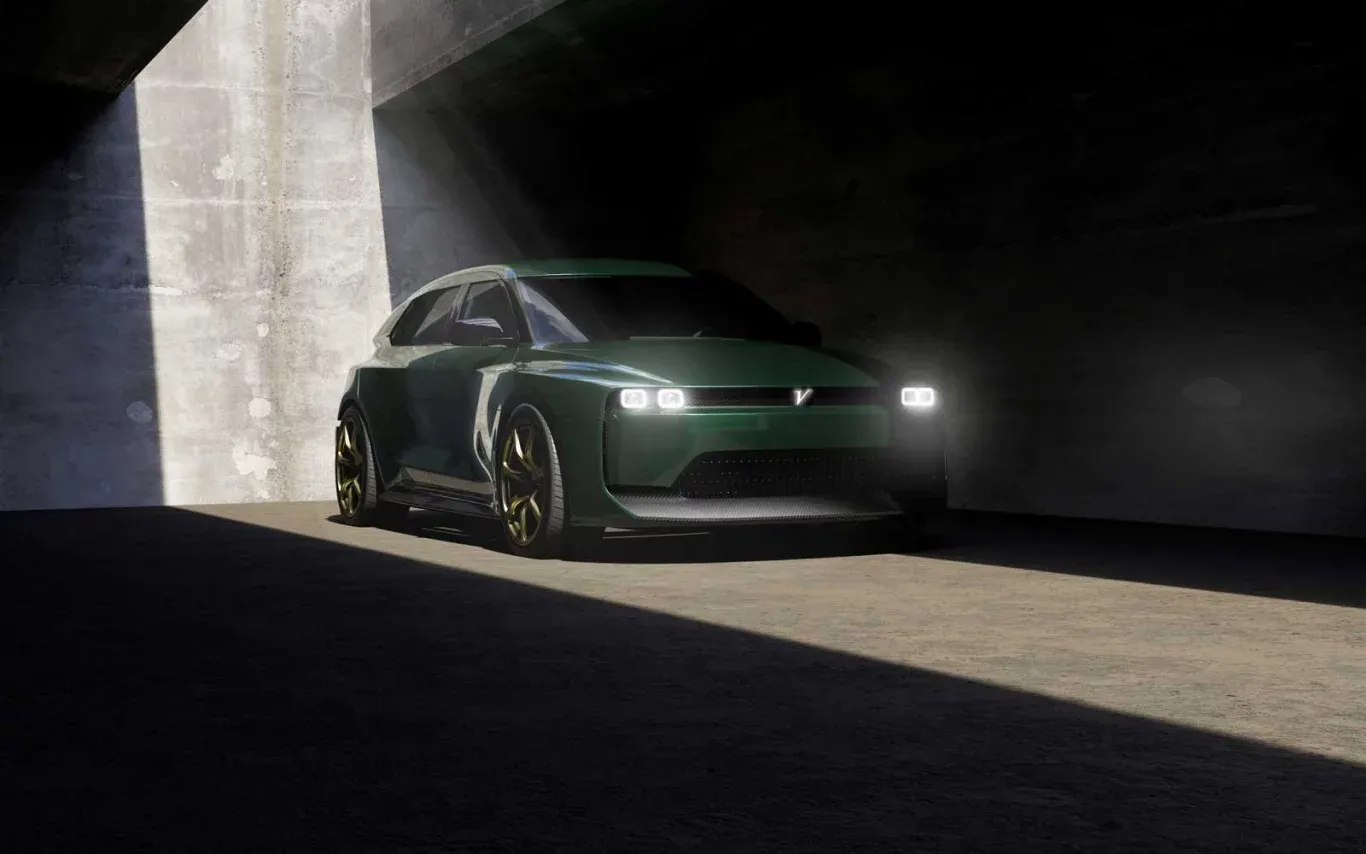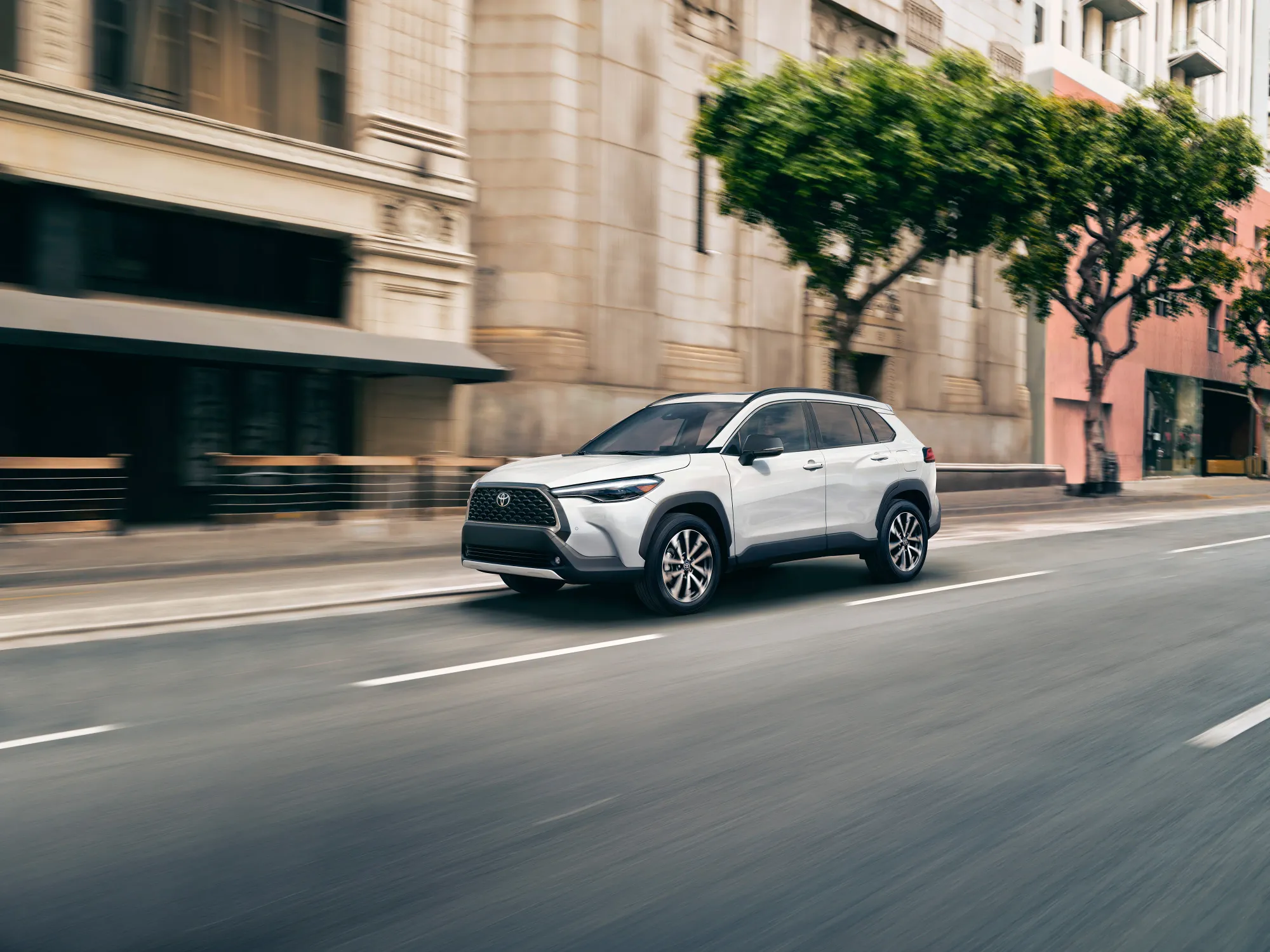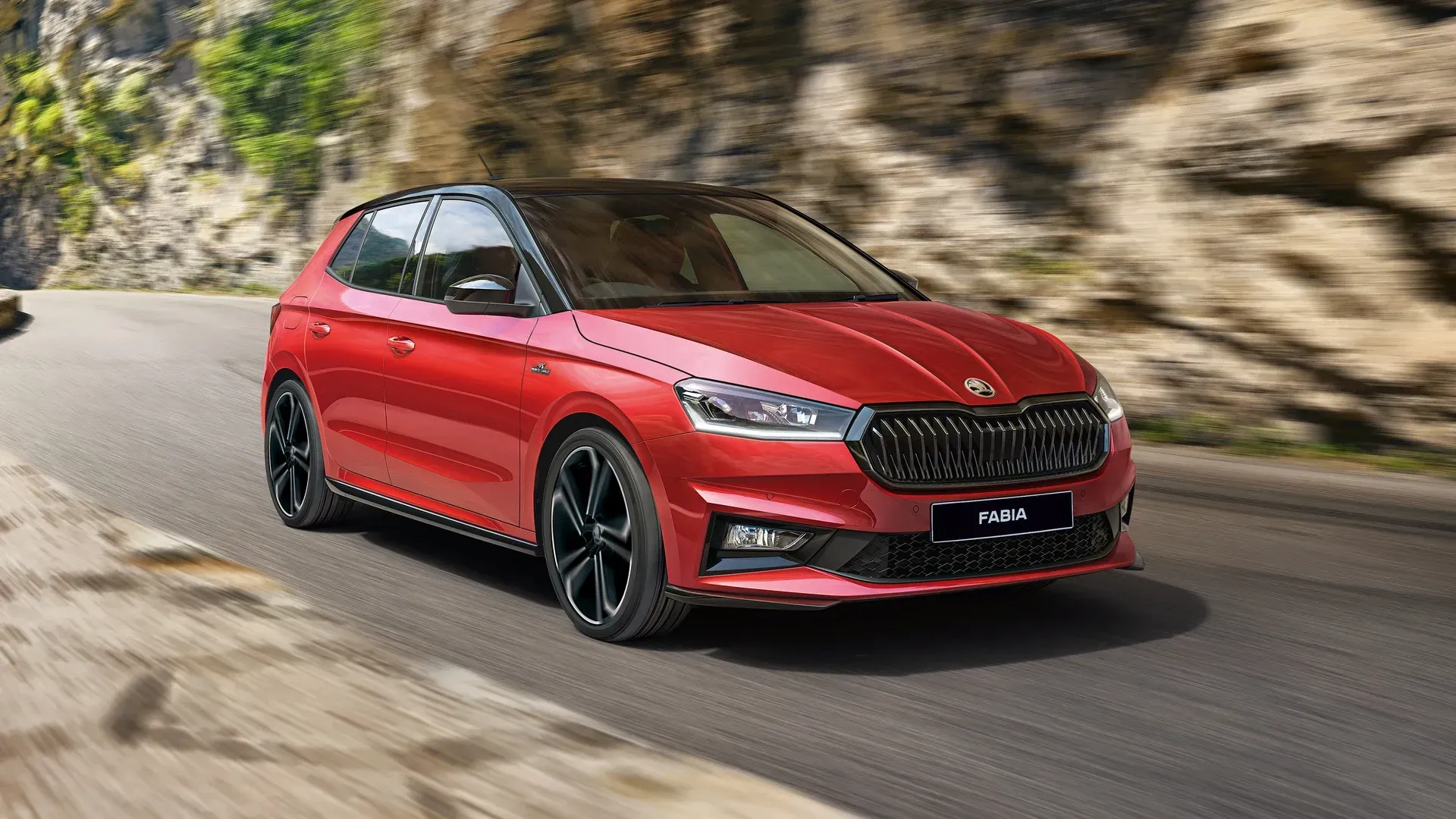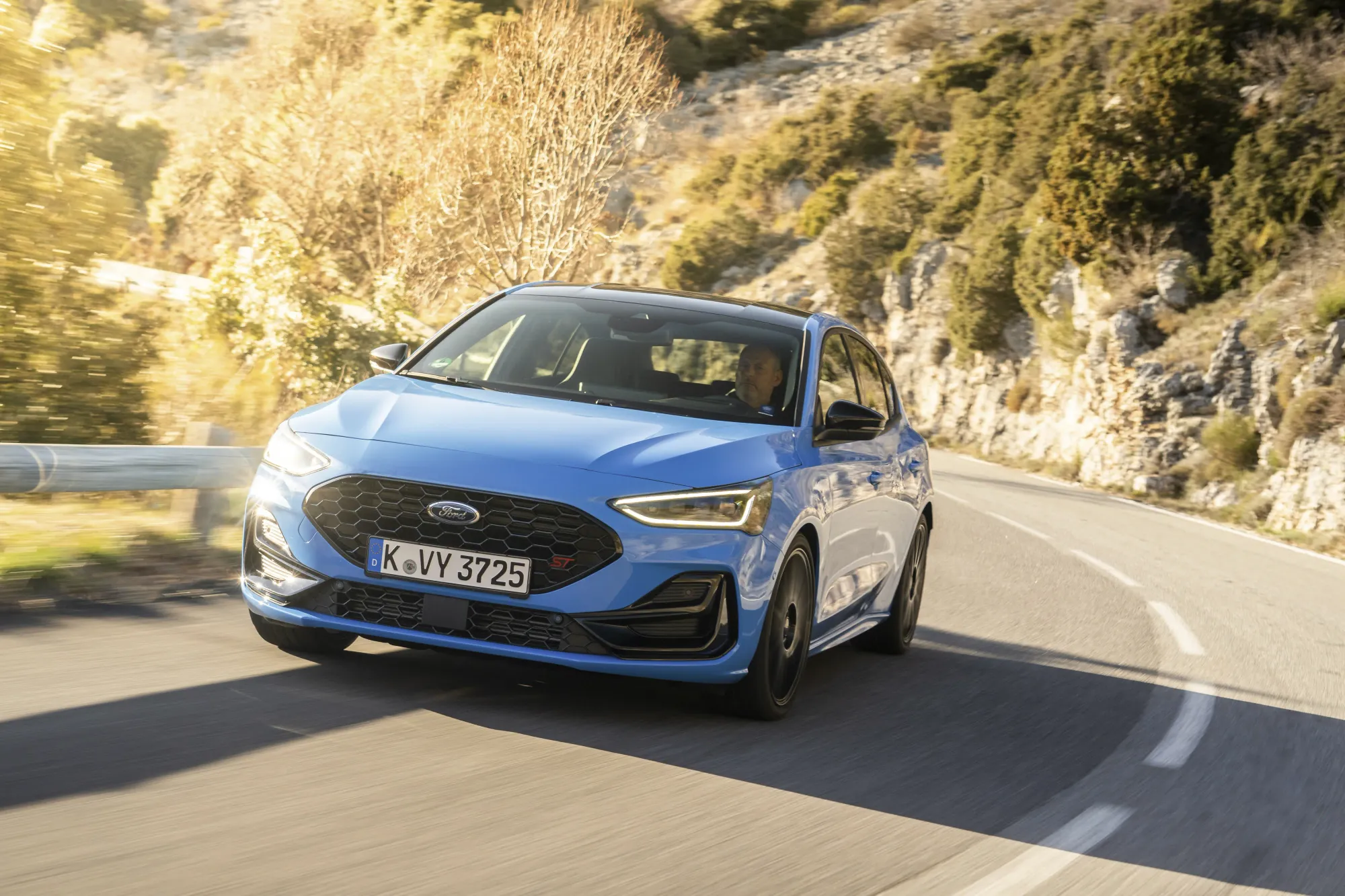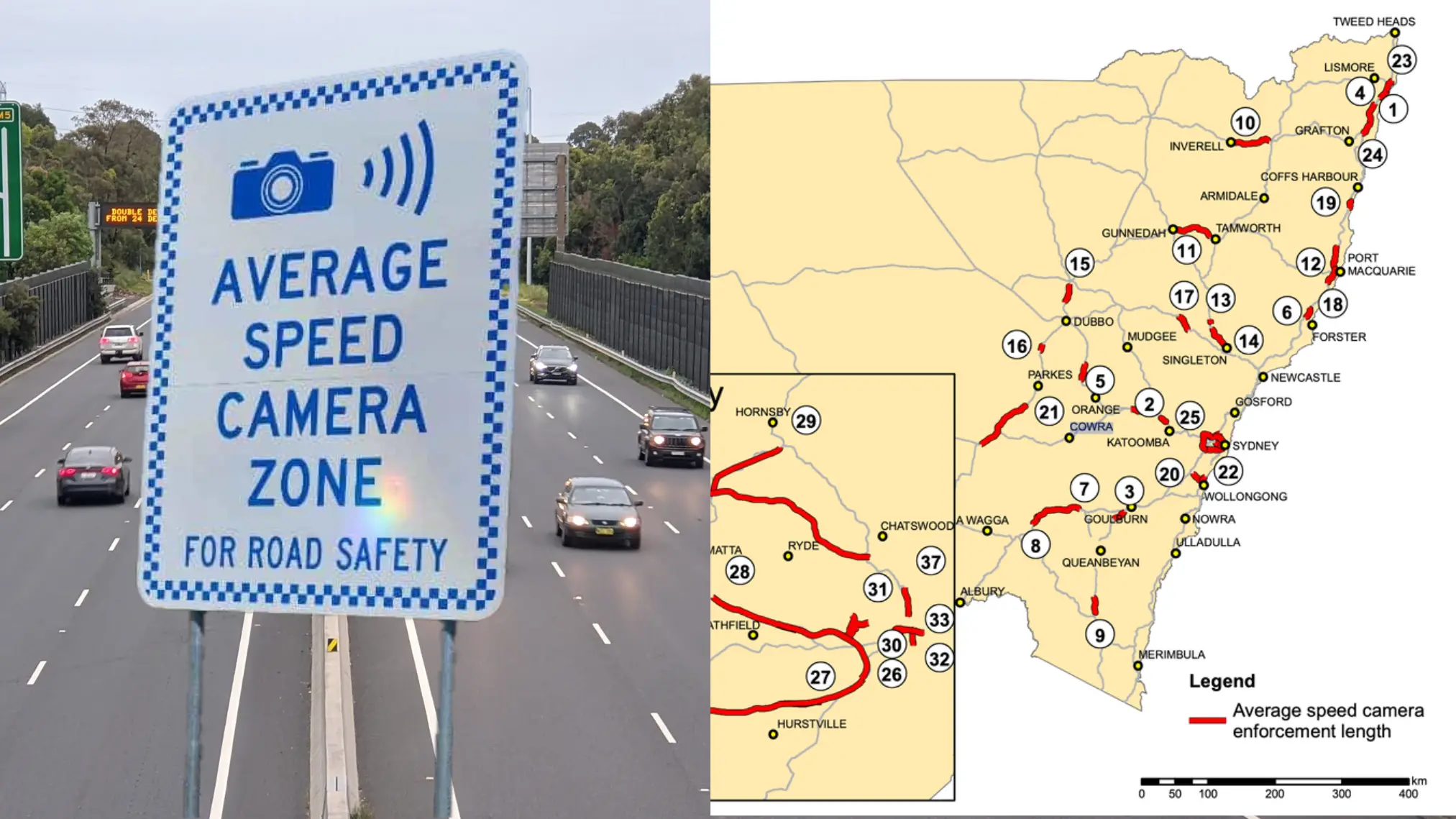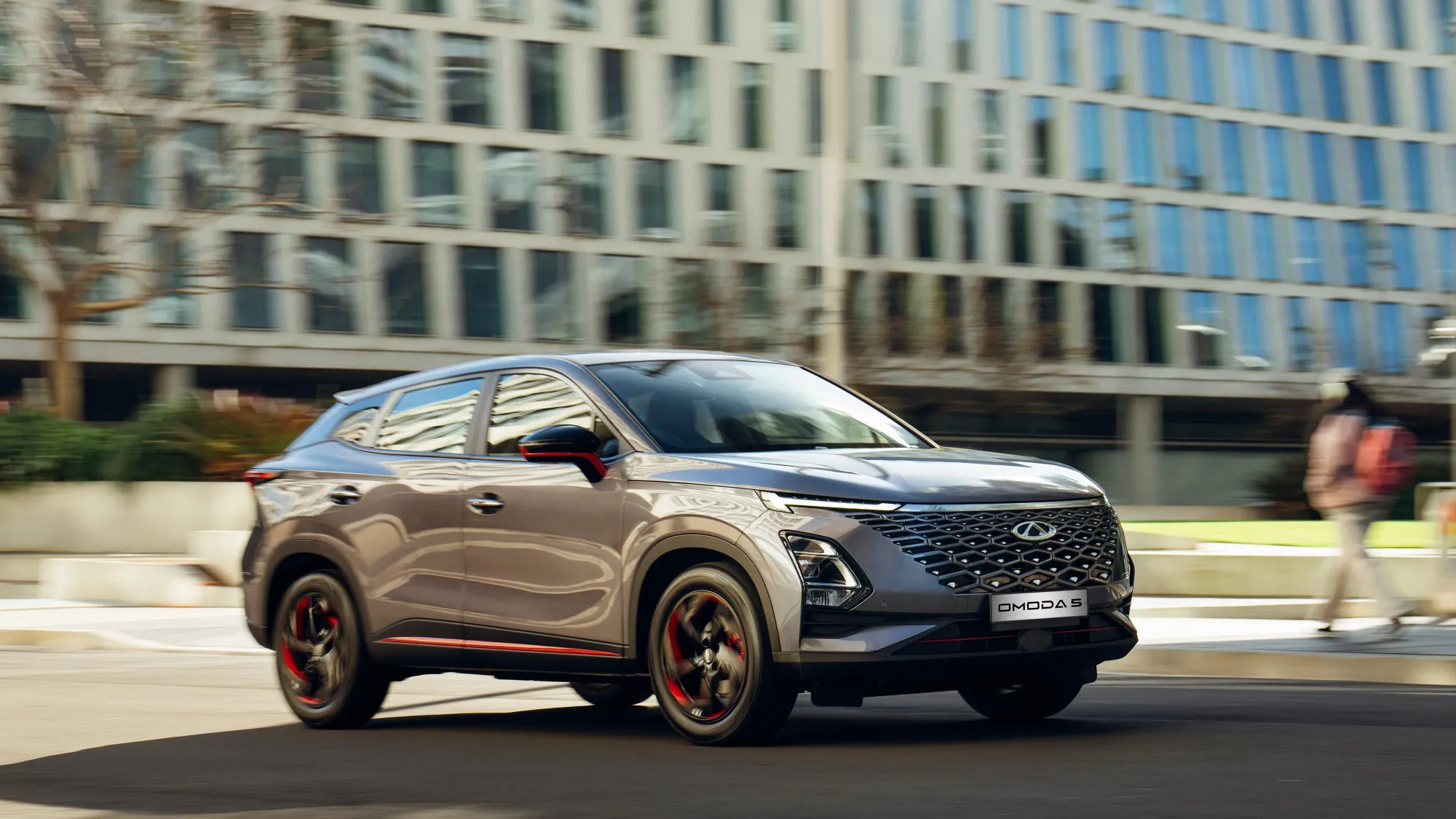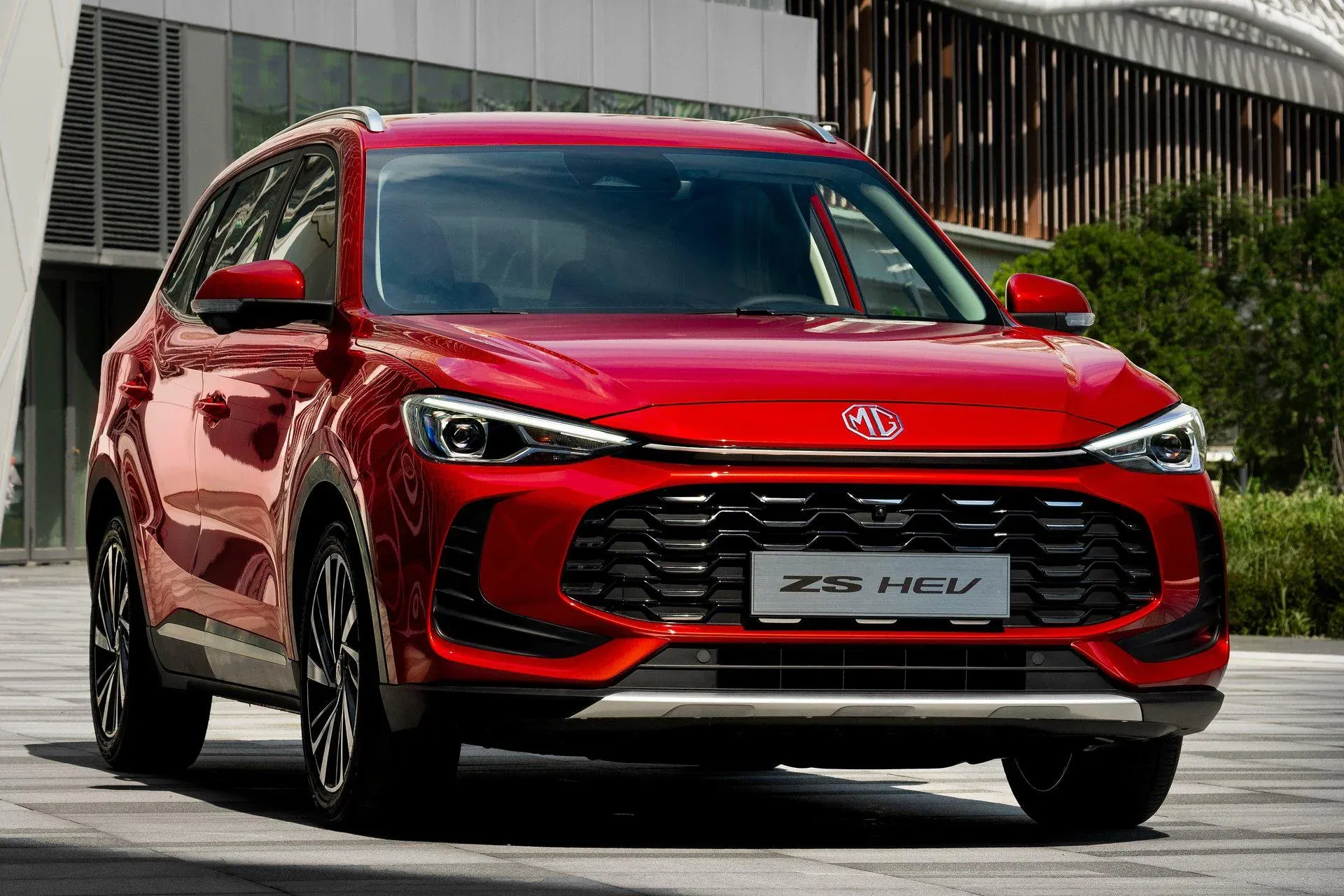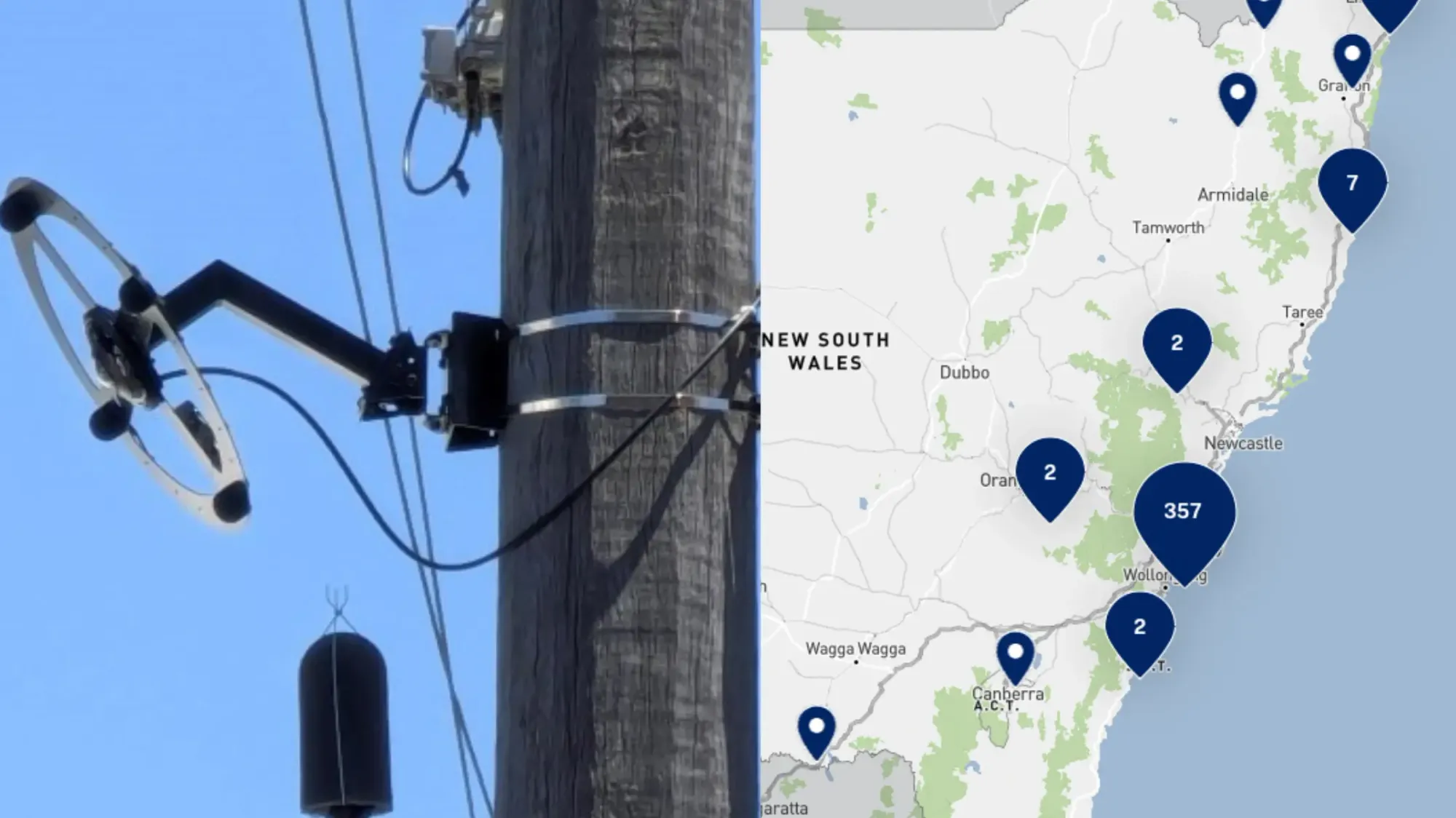In a bold fusion of retro design and cutting-edge EV technology, the Hyundai Ioniq 5 has been reimagined with a rally-inspired makeover that pays homage to the iconic Lancia Delta Integrale. This striking transformation, crafted by German firm Vanwall, bridges the gap between the boxy aggression of 1980s rally legends and the sleek futurism of modern electric vehicles, creating a concept that captivates both enthusiasts and futurists alike.
Design: Bridging Eras
The Vanwall Vandervell reinterprets the Ioniq 5’s parametric pixel design with a carbon-fiber body that channels the Lancia Delta Integrale’s rally heritage.
Key design elements include:
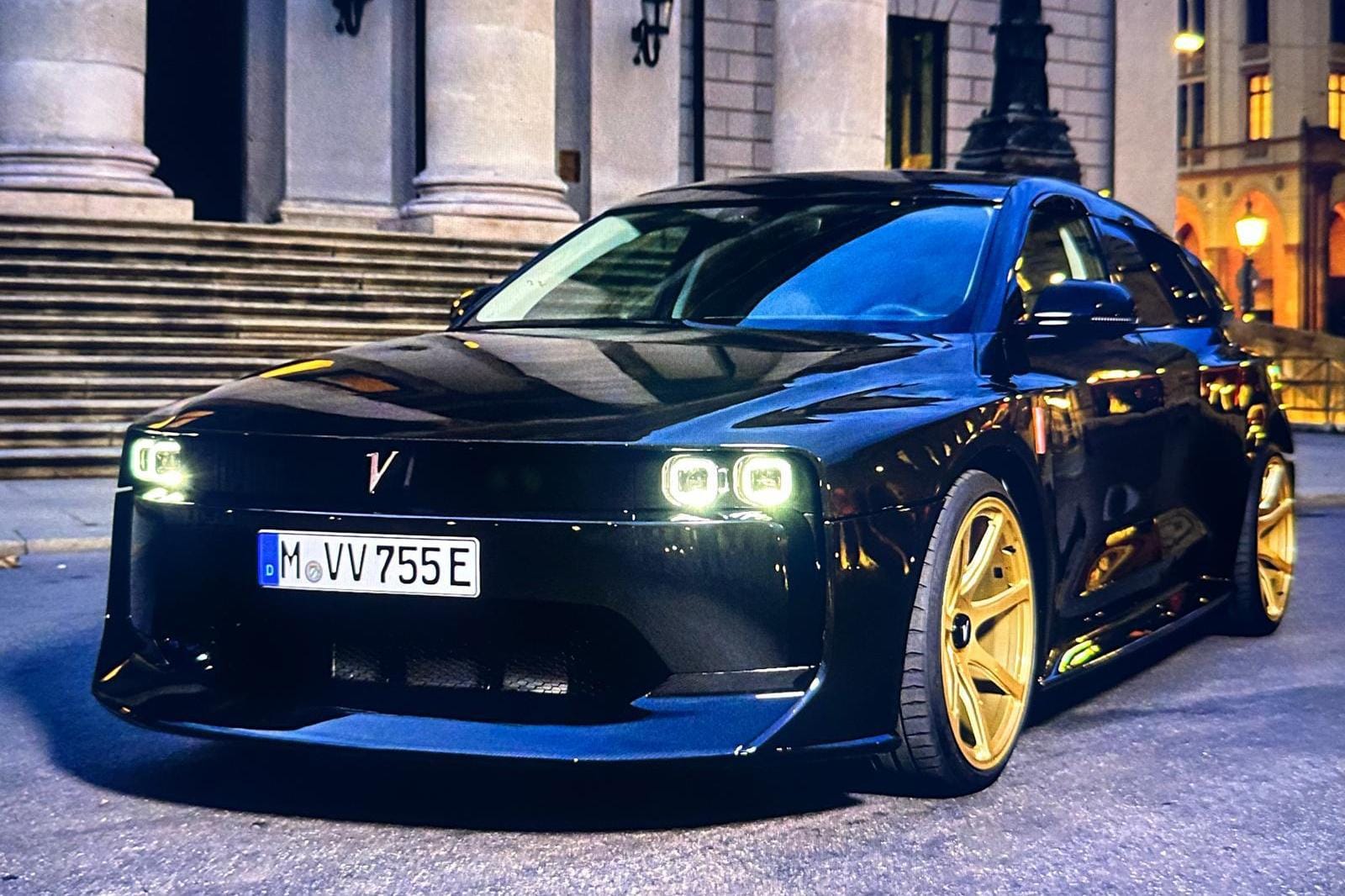
- Wide-Body Stance: Flared wheel arches and a widened track evoke the Delta Integrale’s muscular proportions.
- Quad Headlights: A modern twist on the Delta’s iconic circular lamps, integrated into a pixel-inspired grille.
- Retro Livery: Optional Martini Racing stripes and gold 22-inch wheels with aerodynamic covers blend nostalgia with contemporary flair.
- Suicide Doors: Electrically operated rear doors enhance accessibility while nodding to classic coachbuilding.
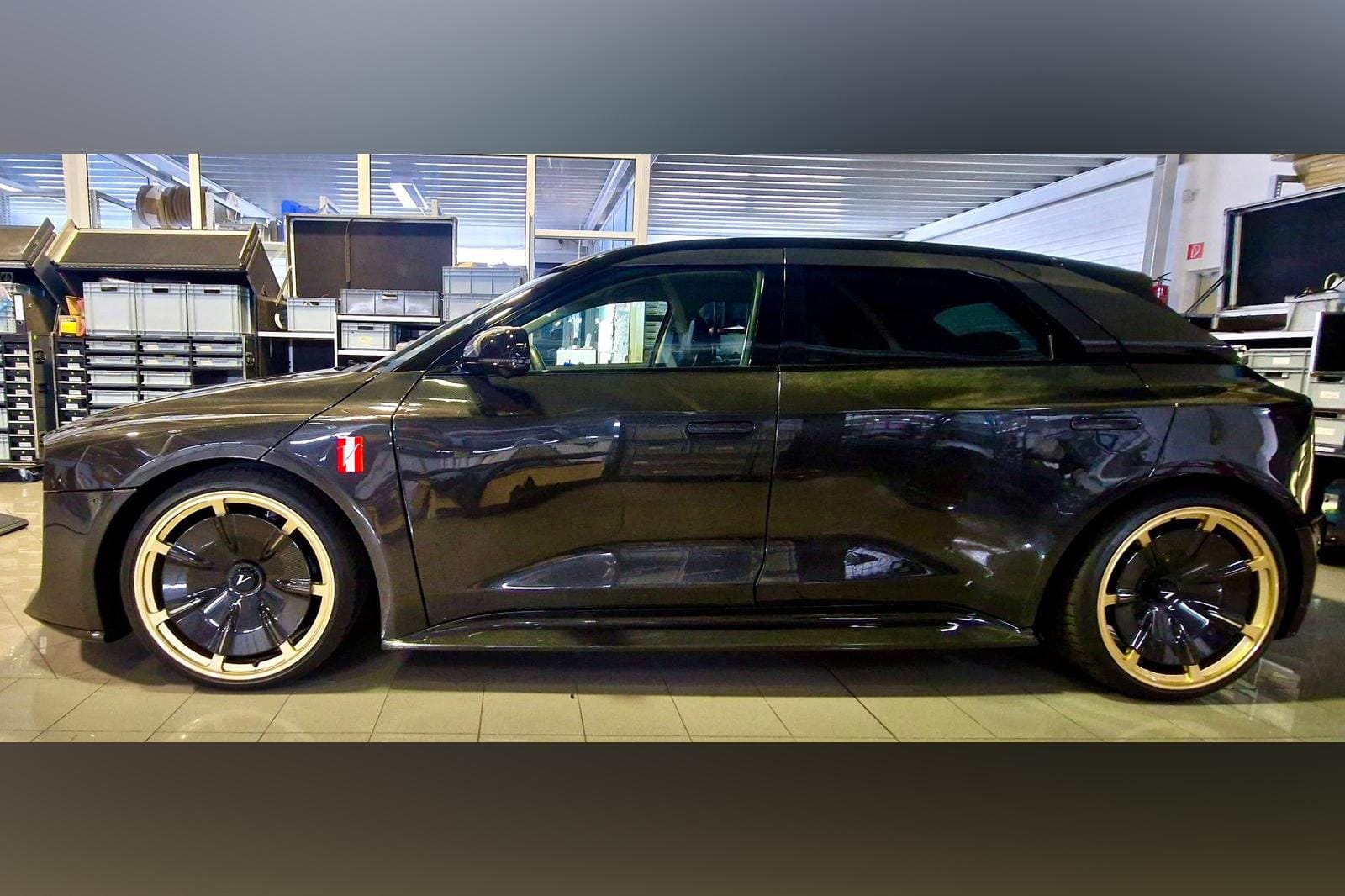
The Vandervell stretches 5,050mm in length—surpassing the original Delta Integrale by over 600mm—yet retains a sporty, coupe-like silhouette.
Performance: EV Power Meets Rally DNA
Built on Hyundai’s E-GMP platform, the Vandervell leverages the Ioniq 5’s electric architecture while pushing performance boundaries:
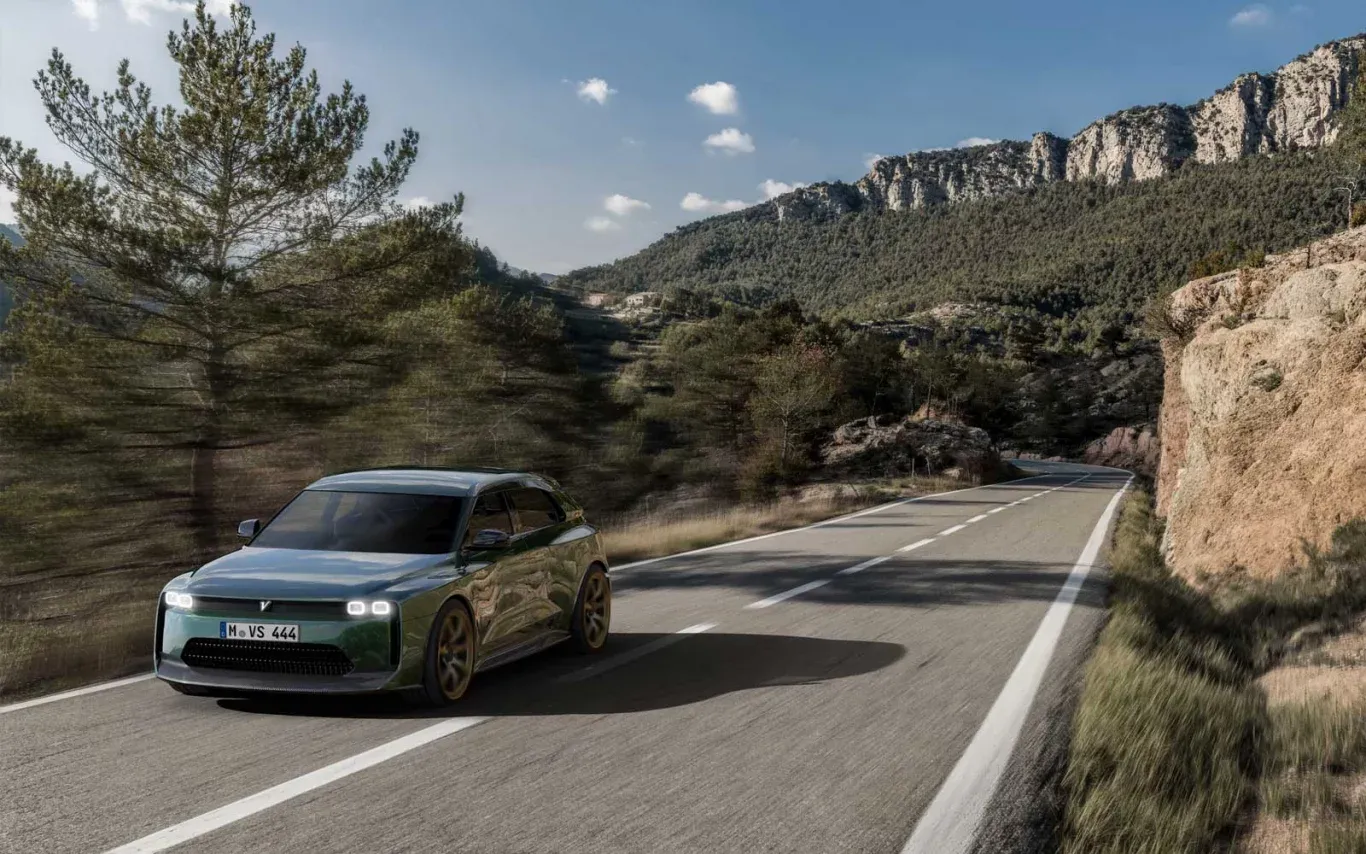
| Model | Powertrain | Output | 0-100 km/h | Range (WLTP) |
|---|---|---|---|---|
| Vandervell H-GT | Dual motors (239kW/605Nm) | 320 hp | 5.1s | 450 km |
| Vandervell N-GT | Ioniq 5 N-spec (478kW/770Nm) | 641 hp | 3.4s | 400 km |
| Thin Wall Special | Lightweight N-GT variant | 641 hp | 3.2s | 420 km |
The flagship Thin Wall Special sheds 230 kg compared to the standard Ioniq 5 N, achieving a sub-2,000 kg curb weight through carbon-fiber body panels and stripped-back interior elements.
Vanwall claims the N-GT variant matches the acceleration of Hyundai’s Ioniq 5 N, which recently stunned audiences by outpacing supercars in drag races.
Interior: Retro Luxe Meets Futurism
The cabin merges classic rally aesthetics with Hyundai’s tech-forward philosophy:
- Connolly Leather and Velour: Vintage-inspired upholstery with diamond-quilted stitching.
- Reconfigurable Displays: A 12.3-inch curved screen runs Hyundai’s infotainment system, juxtaposed with analog-style gauges.
- Lightweight Seats: Carbon-shell buckets with 4-point harness slots (optional).
Despite its performance focus, the Vandervell retains the Ioniq 5’s practicality, offering 527L of cargo space and reclining rear seats.
Market Strategy: Luxury at a Premium
Vanwall positions the Vandervell as an exclusive offering, with pricing reflecting its bespoke nature:
- Europe: Starts at €128,000 (~$214,550 AUD), nearly double the Ioniq 5 N’s €74,900 base price.
- Australia: Not yet confirmed for RHD production, though Hyundai’s local arm sells the Ioniq 5 N at $110,383 before on-roads.
This premium pricing strategy targets collectors and enthusiasts seeking a fusion of heritage and innovation. However, the absence of right-hand-drive models limits accessibility in key markets like Australia and the UK.
Competitive Landscape
The Vandervell enters a niche market of retro-inspired EVs, competing with:
- Alpine A290: A hot hatch leveraging Renault’s EV tech.
- MG Cyberster: An electric roadster with throwback styling.
- Lancia’s EV Revival: The Italian brand’s upcoming Ypsilon EV and Delta revival.
Unlike these mass-market contenders, the Vandervell’s limited production (rumored to be under 500 units globally) positions it as a collector’s item rather than a volume seller.
Challenges and Controversies
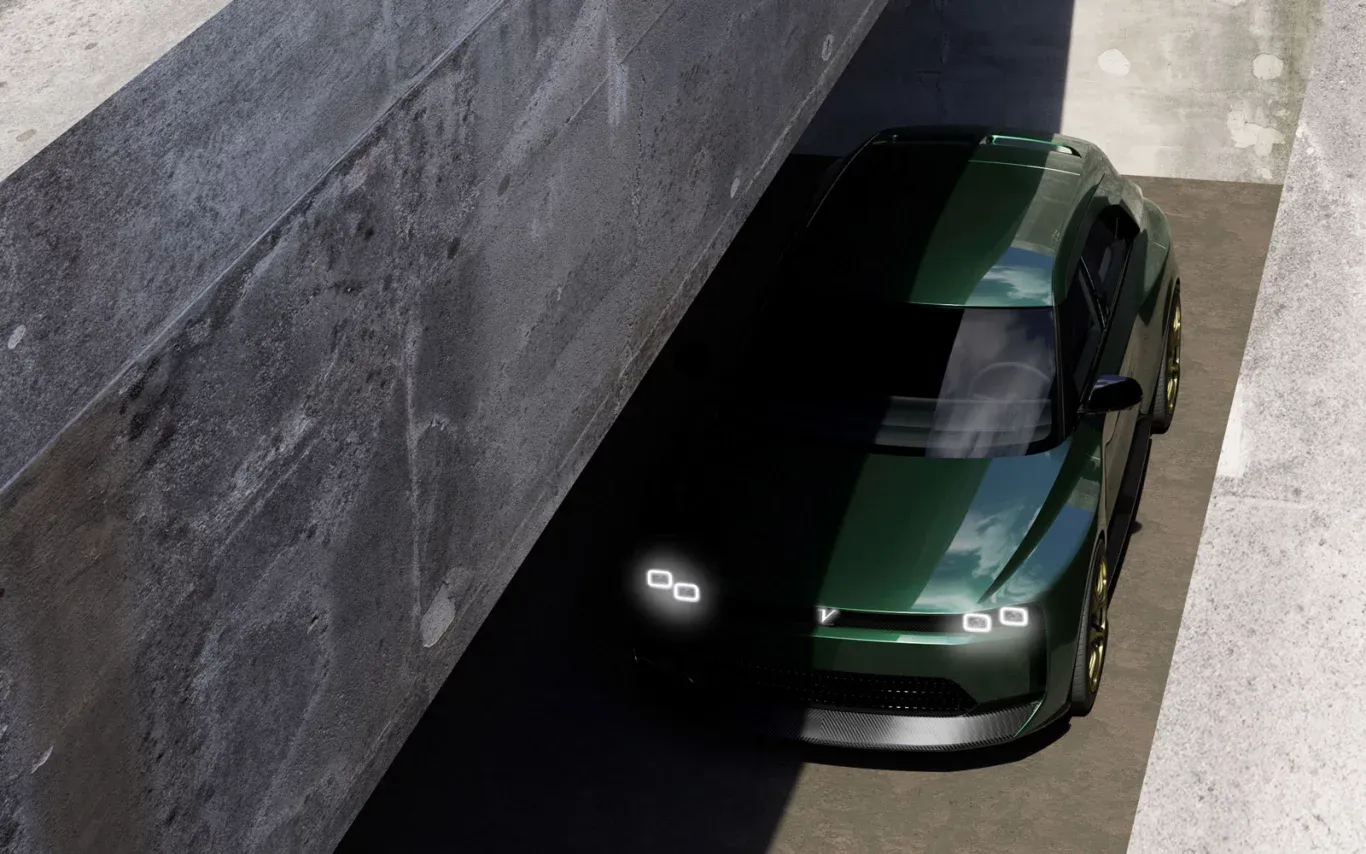
Brand Authenticity: Vanwall, resurrected from a 1950s F1 team, lacks the heritage of Lancia or Hyundai, raising questions about buyer appeal.
Safety and Compliance: Adapting the carbon-fiber body for global crash standards could delay production.
Charging Infrastructure: While the 800V architecture supports 350kW DC charging (10-80% in 18 minutes), the Vandervell’s range trails the standard Ioniq 5’s 507 km.
What This Means for Hyundai
The Vandervell project underscores Hyundai’s willingness to collaborate on niche projects that enhance the Ioniq 5’s halo effect. While not a production model, it fuels speculation about a potential Hyundai N Division retro line, akin to Ford’s Mustang heritage editions.
Moreover, the Vandervell’s design language—particularly its quad-headlight front fascia—could influence future Hyundai EVs, blending nostalgia with the brand’s “Parametric Pixel” identity.
The Bigger Picture: EV Design’s Retro Renaissance
Automakers are increasingly mining heritage designs to ease consumers into the EV era. From Ford’s Mustang Mach-E to Mini’s Cooper SE, retro styling bridges emotional gaps left by silent powertrains. The Vandervell takes this further, directly channeling a rally icon to attract enthusiasts skeptical of electric performance.
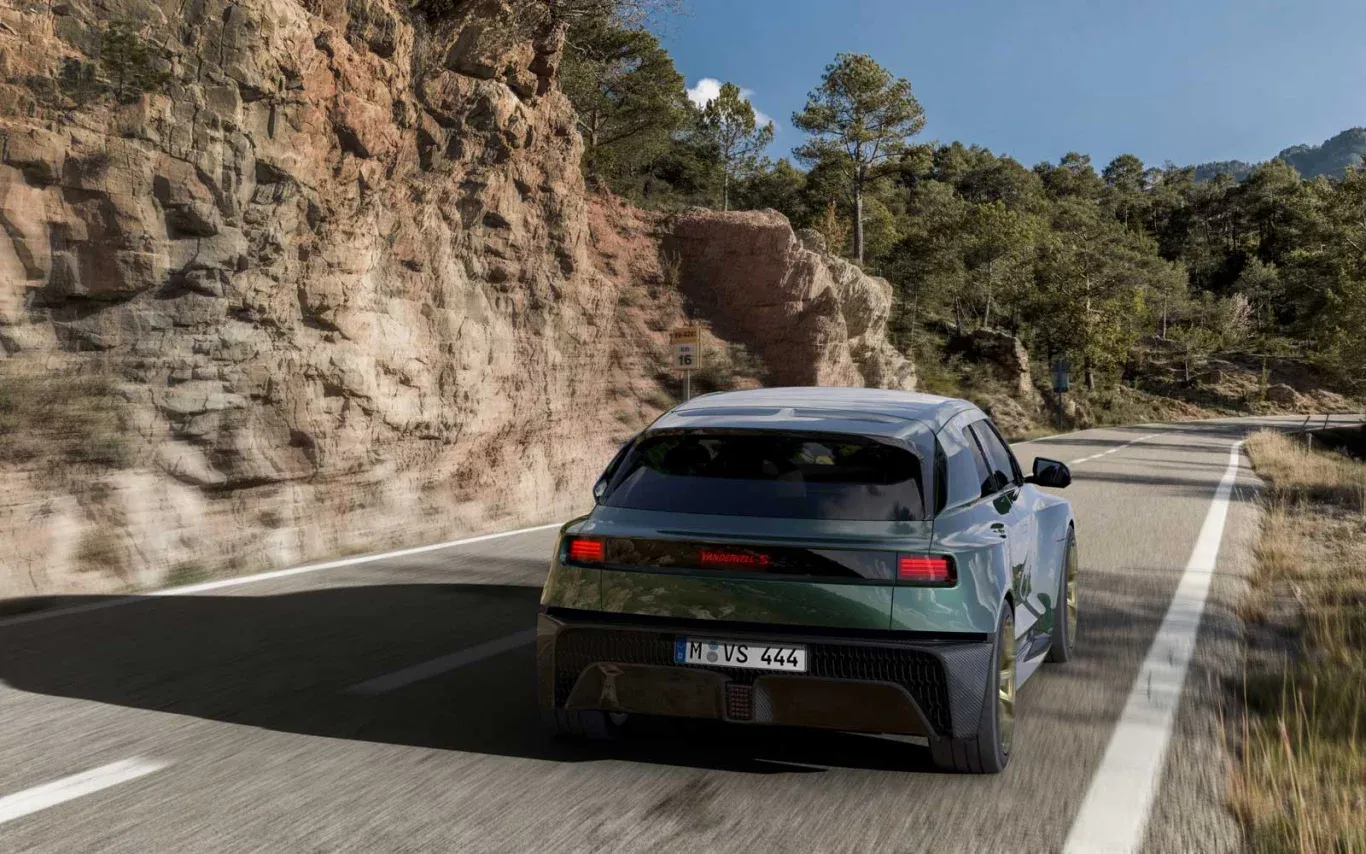
The Vanwall Vandervell is more than a rebodied Ioniq 5—it’s a statement about EVs’ potential to evoke emotion. While its €128,000 price tag and limited availability render it a fantasy for most, it proves that electric platforms can honor automotive legends without sacrificing modernity. For Hyundai, projects like this reinforce the Ioniq 5’s versatility, ensuring its place not just as a practical EV, but as a canvas for automotive passion.
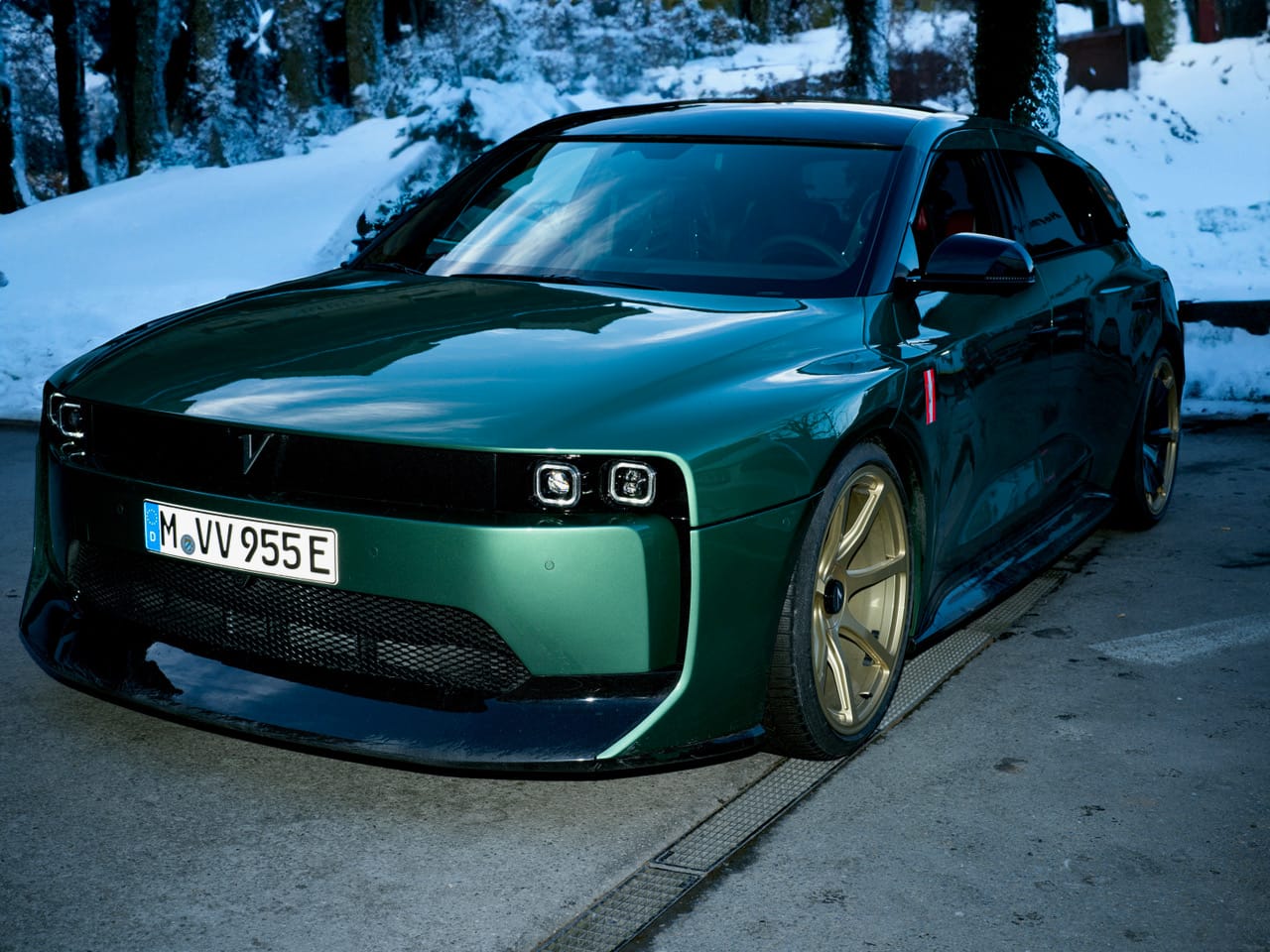
As Lancia prepares its own Delta revival as an EV, the Vandervell sets a high bar for blending heritage with innovation. Whether it sparks a trend or remains a curio, one thing is clear: the electric era is finding its soul.



